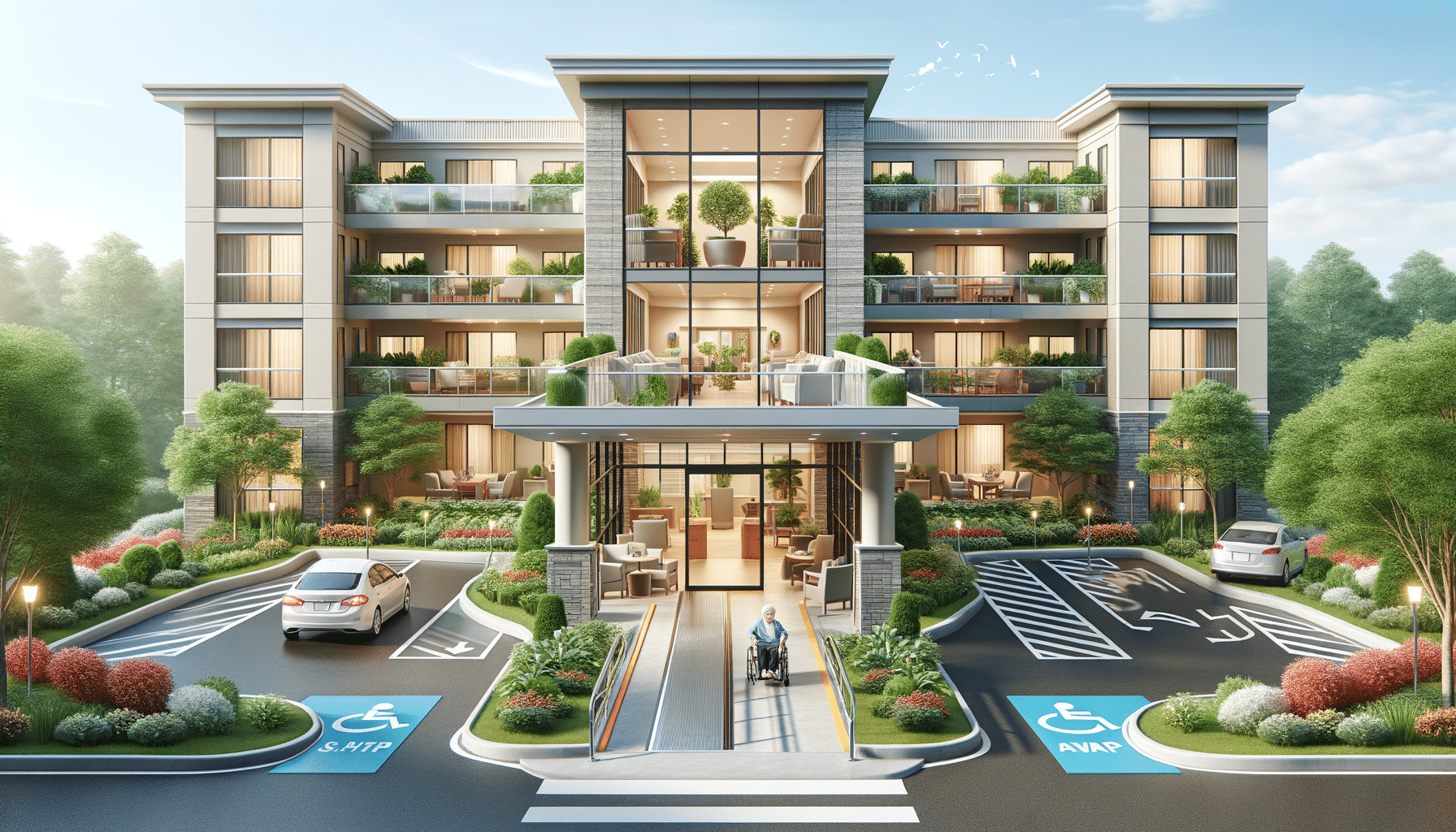
Exploring Senior Housing Options Without Long Waits
Introduction to Senior Housing Options
As the population ages, finding suitable housing for seniors becomes increasingly important. The demand for senior housing has grown, leading to longer waiting lists in some areas. However, several options are available that can provide immediate or quicker access to housing for seniors. This article explores these options, helping families and individuals make informed decisions without the burden of long waits.
Independent Living Communities
Independent living communities are designed for seniors who are able to live on their own but prefer the convenience and social environment these communities offer. They provide a sense of community with activities and amenities that cater to the needs of active seniors. Many independent living communities have availability without long waiting periods, especially those that are newly developed or expanding. These communities often feature:
- Private apartments or cottages
- On-site dining and recreational facilities
- Scheduled transportation services
- Social and wellness programs
For seniors who value autonomy but appreciate the benefits of a supportive environment, independent living can be an excellent choice. The key is to research and visit multiple communities to find one that aligns with personal preferences and needs.
Assisted Living Facilities
Assisted living facilities offer a blend of independence and assistance for seniors who need help with daily activities such as bathing, dressing, or medication management. These facilities are ideal for those who require some level of care but do not need the intensive medical services provided by nursing homes. To avoid long waits, consider exploring assisted living facilities that have:
- Flexible entry requirements
- Immediate occupancy options
- Partnerships with local healthcare providers
Assisted living facilities can vary greatly in terms of services and costs, so it’s important to tour several options and ask about the specifics of care, staff qualifications, and the community’s atmosphere.
Continuing Care Retirement Communities (CCRCs)
Continuing Care Retirement Communities (CCRCs) offer a continuum of care, from independent living to skilled nursing, all within the same community. This model allows seniors to age in place, transitioning to different levels of care as their needs change. While some CCRCs have waiting lists, others may offer immediate entry, especially if they have recently expanded or have a high turnover rate. When considering a CCRC, evaluate:
- The range of care options available
- Contract types and financial commitments
- Community culture and resident satisfaction
CCRCs can be a long-term solution for seniors who want the assurance of continuous care without the need to relocate. It’s crucial to understand the financial implications and ensure the community aligns with future care expectations.
In-Home Care and Aging in Place
For seniors who prefer to stay in their own homes, in-home care services can provide the necessary support. This option allows seniors to age in place while receiving assistance with daily tasks, medical care, and companionship. In-home care can be customized to meet individual needs and may include:
- Personal care assistance
- Meal preparation and housekeeping
- Health monitoring and medication management
- Transportation and errands
Aging in place with in-home care can be a flexible and immediate option for seniors who wish to maintain their independence. It is essential to assess the level of care needed and choose reputable service providers to ensure quality care and safety.
Conclusion: Making the Right Choice
Choosing the right senior housing option involves careful consideration of personal needs, preferences, and financial resources. By exploring various options, such as independent living, assisted living, CCRCs, and in-home care, seniors and their families can find solutions that provide comfort and support without long waits. It’s important to plan ahead, visit potential communities or service providers, and ask questions to make informed decisions that enhance the quality of life for seniors.


